Cisco Data Center VP Talks Cloud Infrastructure Strategy, 'Taking Share' From Dell, HPE

Cisco's Data Center Strategy
Are channel partners still building out their own clouds with Cisco data center equipment? Has Cisco's growth rate increased as solution providers try to figure out the future of Dell EMC and Hewlett Packard Enterprise?
Satinder Sethi, vice president of Cisco's Data Center Solutions Engineering and UCS product management, answers these questions and more in an interview with CRN.
"We continue to grow at the expense of the likes of HPE, Dell, in the past IBM " said Sethi. "Some of the transitions that have happened – whether that's Dell EMC, HPE focusing more on infrastructure now – our value proposition has stood above and beyond based on the differentiation."
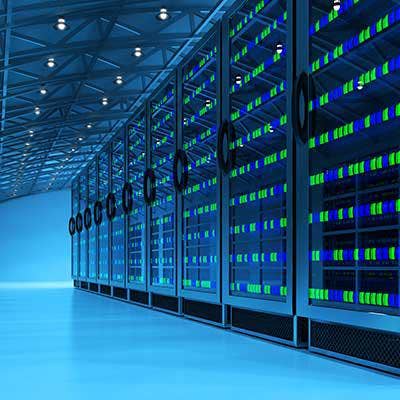
Can you talk about the competitive landscape these days with HPE and Dell changing? How is Cisco faring these days?
Ever since we walked into this market back in 2009, this was an entrenched market with legacy vendors so our growth has totally been predicated on taking share away from competition. We haven't see a whole lot of change in that. We continue to grow at the expense of the likes of HPE, Dell, in the past IBM. I certainly see that some of the transitions that have happened – whether that's Dell EMC, HPE focusing more on infrastructure now – our value proposition has stood above and beyond based on the differentiation.
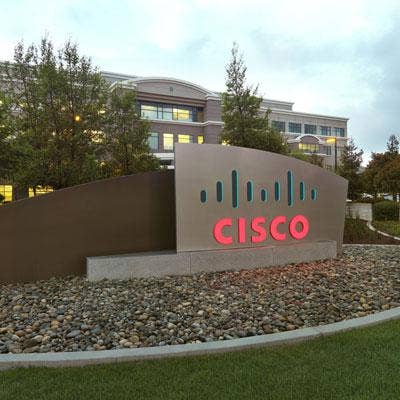
How has Cisco differentiated itself from these competitors over the years?
We have never tried to compete specifically on just going down the path of lowest cost, lowest feature box. If you look at our converged stack numbers, for example, we are now 60 percent of the converged stack market for compute. So we have consistently seen that share grow based on innovations that we are bringing.

Has your growth rate been impacted as partners try to figure what's going on at Dell EMC or HPE?
The rate of growth is much more reflective of the overall x86 market than I would say specifically in regard to the partnerships because customers are still buying infrastructure and the partners are making choices. Are some of the deals shifting one way or another because of some forward-looking expectations that partners may have? Yes.
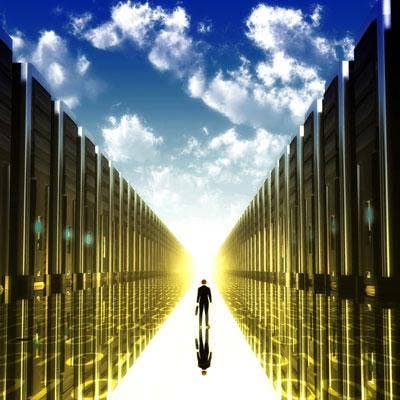
Are you still seeing a lot of partners utilizing Cisco data center equipment to build up their own clouds or has that leveled out?
No [it hasn't leveled out]. If you look at the enterprise customers, a couple of years ago the conversation with CIOs used to be, 'What should we be doing?' And there was a good, healthy back-and-forth dialogue on what applications should move to cloud, public cloud, what should stay on-premise. That has changed significantly over the last two years. Almost every enterprise customer we meet has a good sense of -- yes, there's a certain amount of workload that would go on public cloud and they would leverage that -- but the others are absolutely going to stay on-prem. Most of the enterprise-critical workloads and compliance, governance, data gravity -- that's forcing customers to keep data on-prem. But in light of that, the bigger question that comes from them is how can they get both the economics and the simplicity of the cloud, on-premise.

Where is Cisco's focus when it comes to your cloud strategy?
So a lot of our focus when we talk about our cloud strategy is, 'How do we enable that hybrid capability for our customers?' Whether it's converged stack or the [new UCS] S-Series, they're looking at tying all of this through infrastructure automation and capabilities like CloudCenter [formerly CliQr]. So as much as customers have certain requirements to keep data on-prem, but if for whatever reason they have to migrate applications into the public cloud, it's seamless for them -- both going out to the cloud and being able to bring those workloads back.

So you're saying you're seeing less data going into the cloud today than you thought you would see compared to two years ago?
That's correct. Actually, two years ago the discussion was much more generic in terms of what should be in the cloud. Now as things started to settle down, I think most customers believe that the active data part -- the data that has to be backed up but may need to be recovered quickly in case of an emergency when they need it -- will absolutely stay on-premise. The longer-term cold data retention would likely end up in cloud.

So what do you see as the cloud strategy for data in 2016?
So almost across the board, the strategy seems to be: primary data on-premise, backup data on-prem … and then the longer-term data retention in the cloud. We all know the longer-term data retention in the cloud has its own challenges from two perspectives. [One], how do you move large volumes of data into cloud? So there are some more manual ways. And the second is the cost. Those things are still getting sorted out. But I believe the on-premise requirements are becoming a lot clearer for the customer from a strategy perspective of where they want to be in the next five years.
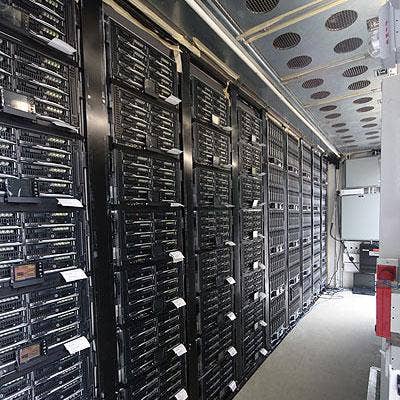
Solution providers are telling us that their data center business in general is either flat or shrinking. Is that what you're seeing now?
We do see the sort of the flattening out of the growth in general because, certainly, the economics in cloud is compressing the overall investment in infrastructure. But if you just look at [research firm] IDC's results on compute, for example, both the blade and the rack server market grew. They're projecting rack server growth by almost 7 percent, and the good part of that is coming from the enterprise on the higher end.
So the basic [Infrastructure as-a-Service]-type workloads will go into the cloud, but mission-critical application environments are absolutely staying on-premise. At least the customer base that we serve, which is enterprise and commercial, that's what we're seeing.
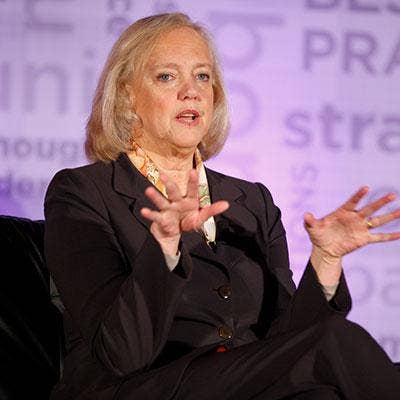
HPE CEO Meg Whitman (pictured) has highlighted the concept of telecom service providers becoming more important customers. Is that the case for Cisco as well?
Absolutely yes. We're seeing that both on the service provider IT that has been a stronghold right from the beginning, but even for the edge services that is absolutely the case.

What are these large service providers doing correct?
One of the things that we are seeing is the tier-two service providers -- so if you take out the mega MSDCs [Cisco Massively Scalable Data Center], Amazon, Azure, Google -- they have now started to become much more successful in building out services for their end customers through their cloud offers that offer SLAs that are different from the public cloud. So SAP HANA in the cloud, for example, Hadoop as-a-service or desktop as-a-service are becoming more common at the large service providers and they're all using enterprise-class infrastructure to build that out.
But all of the large telco providers are UCS customers. They offer their services in UCS.
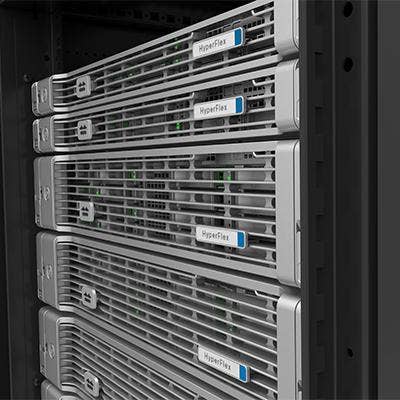
Do you have any plans to wrap Cisco's new UCS S-Series into your hyper-converged offering Hyperflex?
[UCS S-Series] has completely different workload characteristics than what goes on HyperFlex. HypreFlex is designed more from the traditional enterprise workloads that are virtualized – VDI, virtual infrastructure. What we're doing in the S-Series is very high-capacity-oriented, data-intensive computing-type workloads. Now a majority of them are all bare-metal -- whether that's big data, whether it's backup recovery, object storage. Can the two worlds start to come together? Absolutely yes.
Our customers may choose to deploy, for example, a scale-out file system virtualized on the S-Series platform – they can do that.